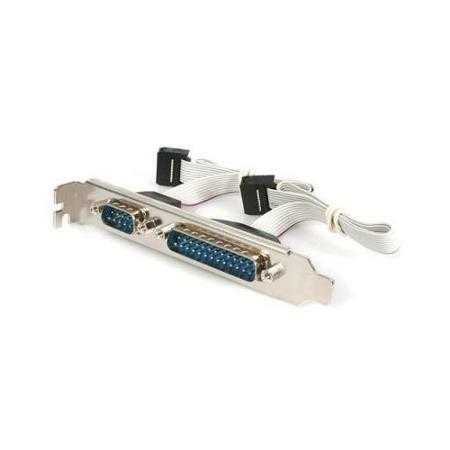If we go back to the 'DOS days', before PS/2 and USB existed (or at least were common), and having a mouse was a luxury (or at least uncommon); we're talking XT/AT days here...
COM1 was where the mouse traditionally went. It was usually a 9-pin port on the chassis, where as COM2 was usually a 25-pin port. Most "modem cables" came as 25-pin cables.

Since COM1 and COM2 were already assigned to those external ports, people with internal modems would often think that they should use COM3, since it's the next unused COM port.
COM1 and COM3 shared an IRQ (IRQ4) and I/O address (0x3F8), as did COM2 and 4 (IRQ3/0x2F8). If you tried to use a shared IRQ and/or I/O address with more than one device you'd run into a conflict and the devices wouldn't work properly (usually not at all).
Since COM1 was the usually mouse, COM2 is next numerically, and using COM3 would conflict with COM1, COM2 was the usual COM to pick for a modem.
Usually the jumpers you had to fiddle with were on internal modems, to set the preferred COM, IRQ, etc. Often these were dip switches (vs. jumpers), similar to what was on external modems.

Disabling COM2 and 4 on the motherboard was also necessary for internal modems, sometimes this required fiddling jumpers on the motherboard, but this was usually just done in the BIOS settings (from pretty early on).
Back in those days it was hard to multitask, and with processing speeds being low, task-swapping was slow as well. So having an OS that shared IRQs was difficult if not impossible, and things still relied very much on the electronics vs. programming. Fast forward to today, and with speeds and resources to burn (so to speak), not to mention years of technical advancement in the area, sharing IRQs is much easier, and the OS does most of the lifting for you (think Plug'n'Play).

